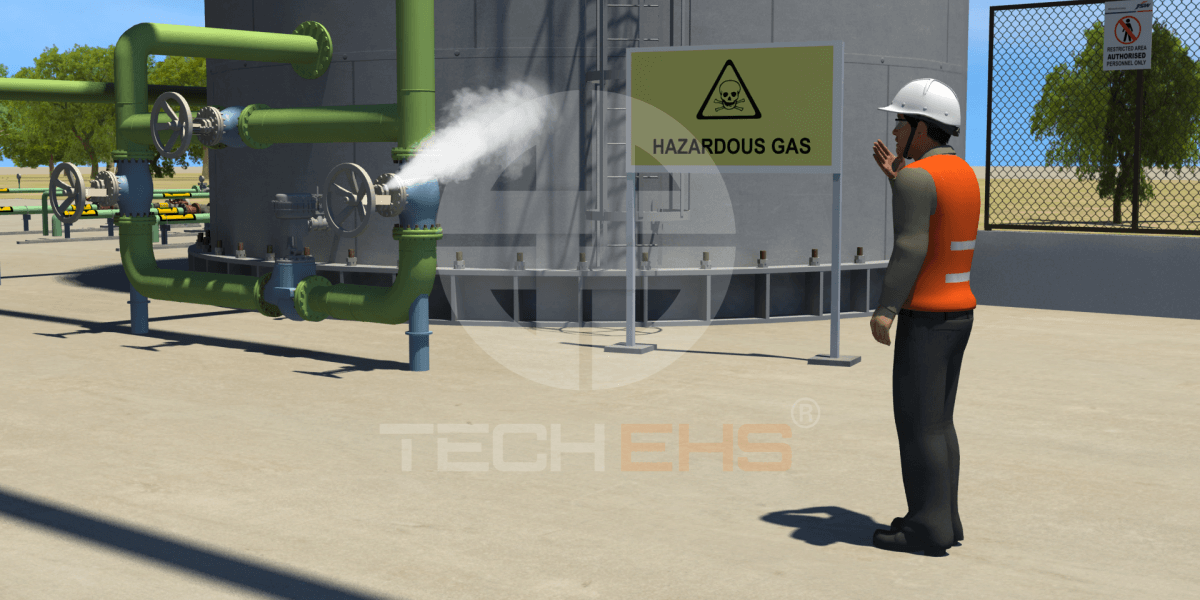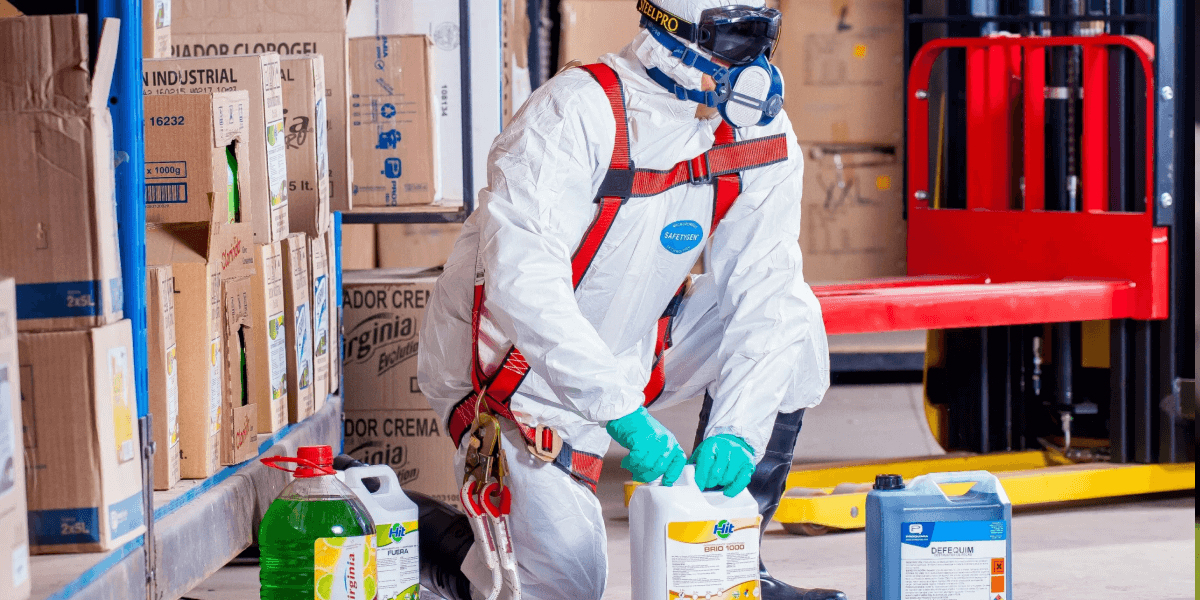
While it remains a topic of substance to using related techniques in managing hazards to prevent release of hazardous and dangerous substances, implementation is a point to ponder.
Surpassing that difficulty levels help achieve Process Safety Management goals – the top management should primarily strive for that!
But what makes this industry space tough to deal with?
Here’s a crisp detail –
The modern chemical process industries’ growing size and complexity makes it tricky to maintain safe operation.
Also, one says that if fundamental process safety principles and references were read and followed, nearly all incidents might be avoided.
There is still a school of thought that says there are no hazards and therefore no need to take preventive measures even today, after so many industrial accidents.
Process safety addresses hazards of accidents with high severity and infrequent occurrence. Fire, explosion, and unexpected chemical release prevention at the source can reduce the risk of process safety mishaps.
And while we talk about two contradicting statements above, the conclusion remains that since hazards are initially addressed, the possibility might be low – but it always stays.
A report by arcweb suggests that the COVID-19 pandemic and changes in the energy sector, a major user of process safety systems, had an influence on the market for process safety systems and services.
While most of the businesses using process safety systems were not shut down by quarantines, the closure of some factories, offices, schools, restaurants, athletic events, national and state borders led to a large decline in travel and an increase in remote work.
So, to speak, the collection of ‘must-haves’ for this industry will always be a source of knowledge that helps creating a top-notch safety management program!
Make an elaborate risk management
Manufacturing plant workplace safety is attainable if you are aware of the various sources of safety dangers and how to avoid them. An efficient risk assessment can help you keep track of the dangers in your facility and provide insight into the equipment maintenance and repairs that are required.
To create a risk assessment strategy that identifies all the dangers connected with a specific manufacturing sub-process, use the services of a plant assessor.
An efficient risk assessment will also evaluate the equipment’s safety and operational status and offer the necessary control measures. It will also determine the risk level of the danger.
Additionally, contemporary, and organised methods can assist the management of safety issues on the floors of production facilities.
To anticipate probable failures and safety concerns during the production process, manufacturers might use FMEA (Failure Modes and Effects Analysis). The method entails doing a thorough risk assessment of the facility floor by considering elements such as the issue’s severity, frequency, and ease of discovery.
Comprehensive risk assessment is the first step in creating a safe working environment. To counteract any risks and ensure that your staff are working in a safe atmosphere, conduct a complete risk assessment of your production site.
Animation plays a key role in training and the employees involved in the process safety management can benefit as they can further estimate the levels of danger!
Housekeeping first
Industrial settings are frequently disorganised and unkempt.
The danger of preventable workplace mishaps can increase in a congested workspace with damp or oily flooring, and power wires, stinger leads, or cylinder hoses laying around the pathways. Therefore, it is essential to keep the workstation, pathways, and aisles clear of anything that could spark a fire or cause a slip and fall.
Place a barricade with caution tape around the workstation if the floor around it is greasy or damp.
Put flammable materials, metal shavings, and scrap in the appropriate bins to dispose of them. Racks, pallets, hoses, power wires, and other items of equipment shouldn’t be on the walkways. Reduce the likelihood of serious accidents by organising the equipment and accessories in a systematic way.
Demand that employees wear appropriate PPE
To lessen the risk of injuries, manufacturing employees should always wear protective equipment when on the facility floor.
OSHA has mandated that metal workers must wear PPE, such as gloves, safety hoods, shoes, earplugs, hard helmets, respirators, and complete body suits.
For instance, a worker should always wear a hard hat while performing any task that involves moving a large metal sheet overhead. Like this, electric arc welding is a typical process in a factory setting where there is a high risk of electrocution.
Make sure the employees are properly protected by utilising gloves and boots with robust rubber toes to keep them away from the electrode and the ground.
The welding procedure will protect them from burns caused by ultraviolet and infrared radiation as well as the hazardous welding gases if they wear safety goggles and welding hoods.
Ensure that the guarding mechanisms are installed correctly.
Every manufacturing facility should be built with occupational safety in mind.
For example, a worker should always wear a hard cap while performing any task that involves lifting a large metal sheet overhead. Like this, electric arc welding is a typical process in a factory setting where there is a high risk of electrocution.
Make sure the employees are properly protected by utilising gloves and boots with robust rubber toes to keep them away from the electrode and the ground. The welding procedure will protect them from burns caused by ultraviolet and infrared radiation as well as the hazardous welding gases if they wear safety goggles and welding hoods.
For instance, protections and safety measures are present on plate and sheet forming machines and plasma cutting equipment to safeguard the user’s fingers.
The worker could lose fingers if these guards don’t fit properly.
Only authorised employees should be allowed to enter the area surrounding the workstation, which should be secured with guardrails and barriers.
Workers who are not wearing the proper safety equipment for the task may sustain barrier-related injuries because of poorly maintained guards allowing unintentional entry into the area.
Incorrect installation of these guarding devices might result in severe workplace accidents. Before beginning the manufacturing project, make sure to inspect broken tools and protecting devices.
Employees should receive regular, adequate training
The person should be instructed to follow the safety protocol regardless of whether they are an apprentice or an expert, lowering the possibility of on-site accidents and injuries. Additionally, to ensure that only qualified individuals run the machinery, it is vital to provide workers with periodic training because the national safety rules for the manufacturing industry are always changing.
Serious accidents might also result from the abuse of equipment or from a lack of experience. Therefore, adequate training should be given to enable employees to utilise the tools in accordance with the safety protocol.
For instance, employees should never be permitted to manually operate heavy machinery. They should be urged to employ powered material-handling apparatus instead, including spreader bars or lifting beams.
so, avoiding damage to the back, shoulders, and other parts of the body.
The correct training may assist employees in reporting equipment flaws, managing any necessary maintenance, and educating them on how to avoid typical workplace mishaps.
Even though the mix of procedures and components that is utilised to make your products may be a trade secret, rules demand that you disclose all relevant facts in order to comply with Process Safety Management.
And that requires, continual learning, effective training, and substantial number of efforts.



